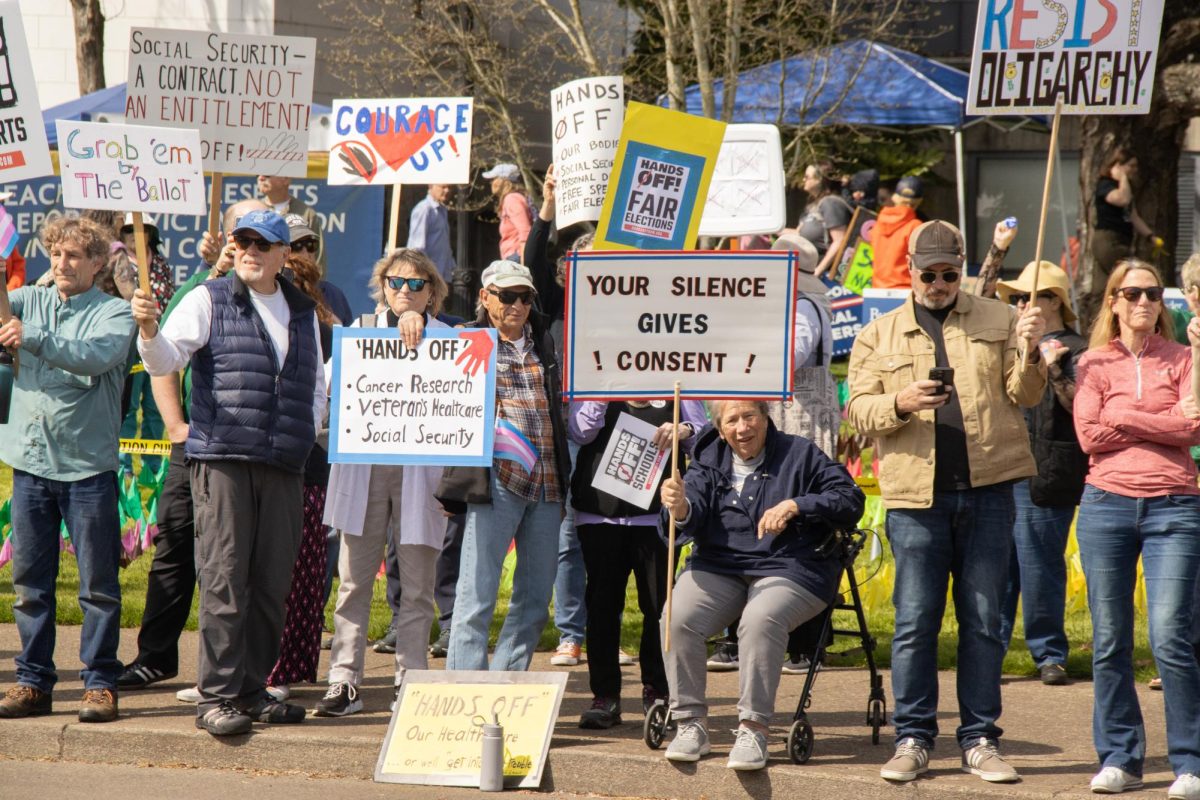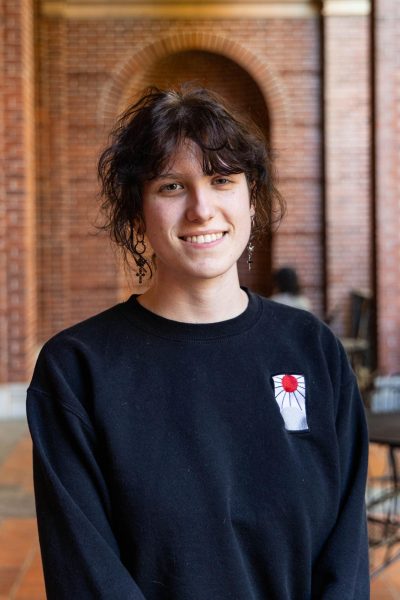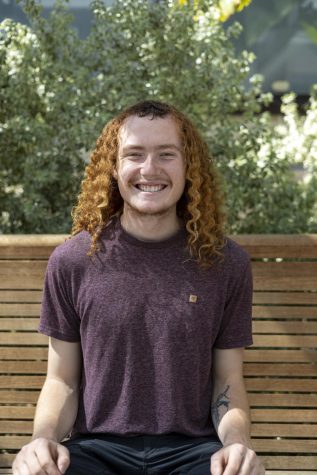Lots of students choose biking over walking or driving and ongoing infrastructure projects on campus have students like this in mind.
Oregon State University is working towards their goal of sustainable transportation on campus, with road repairs on 17th street prioritizing pedestrians and cyclists.
A huge component for this project is the expansion of sidewalks and installing a large bike track for cyclists. According to Aaron Amoth, infrastructure project manager for OSU Capital Planning and Development, the cycle track will consist of six-foot wide bike lanes in both directions that will run between the intersection of Washington Way and 17th Street and the intersection of Western Boulevard at 16th Street.
According to Amoth, in order to give cyclists clear paths to bicycle parking and important campus locations, OSU has plans to build a complete campus bicycle network in the future.
Bicyclists, due to their greater speed than pedestrians, are somewhat more likely than pedestrians to veer slightly off course in order to follow dedicated bike routes, provided that it is accessible and adequately marked.
Therefore, if feasible, important bicycle routes are kept apart from pedestrian routes in order to improve safety and reduce incidents between bikers and pedestrians on campus.
The new bike track will be completely removed from the side of the road, leaving room for bikers and cars to co-exist with a lower possibility of accidents. According to Amoth, the cycle track will be separated from vehicle traffic by on-street bollards and buffered striping.
“Cycle tracks provide a higher level of comfort than bike lanes, as they provide a greater degree of separation from vehicles,” Amoth said.
According to Amoth, traffic should be improved for all users by separating different means of transportation.
“The intent of these bicycle connecting routes is to provide dedicated space for cyclists of varying capability to travel from the bicycle access routes to specific areas and facilities on the campus,” Amoth said. “Our hope is that these facilities will encourage our OSU community members to consider alternate modes of travel and reduce the number of vehicular trips throughout campus.”










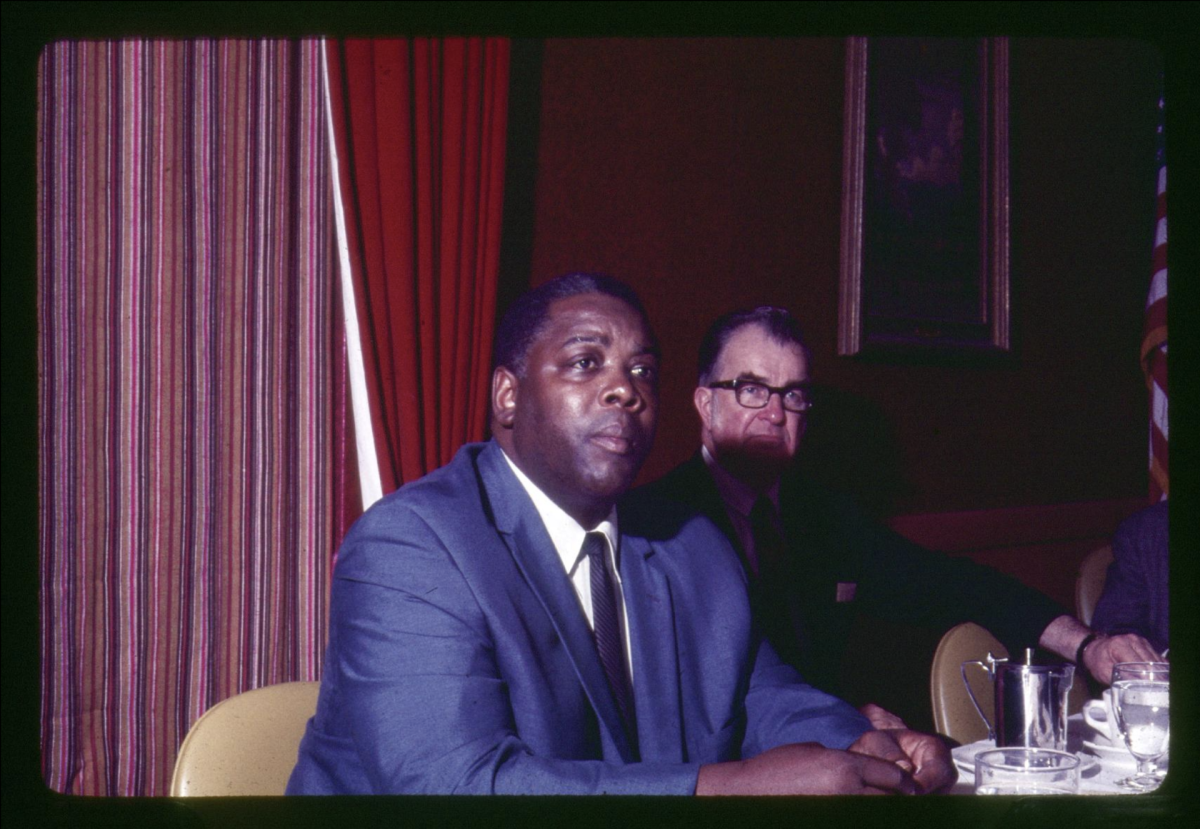
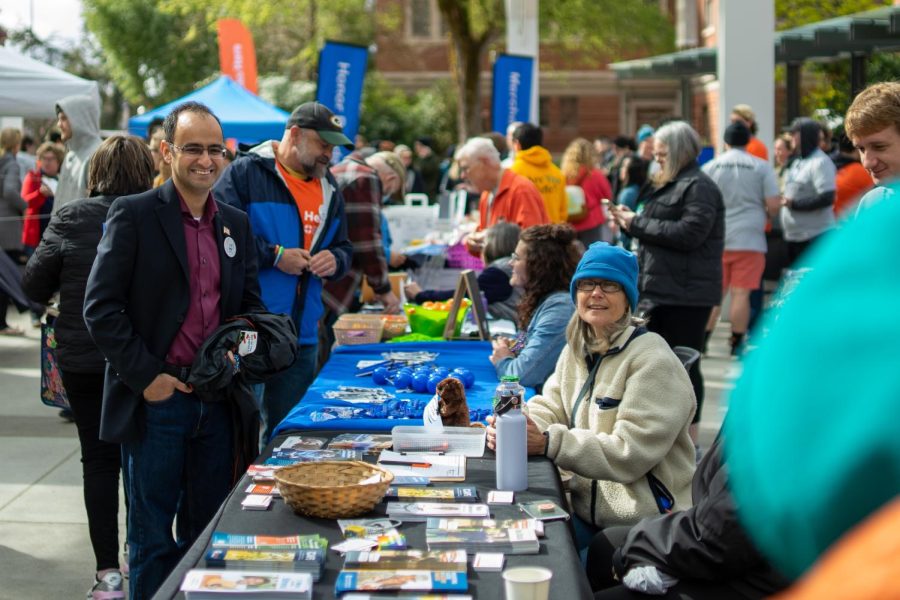
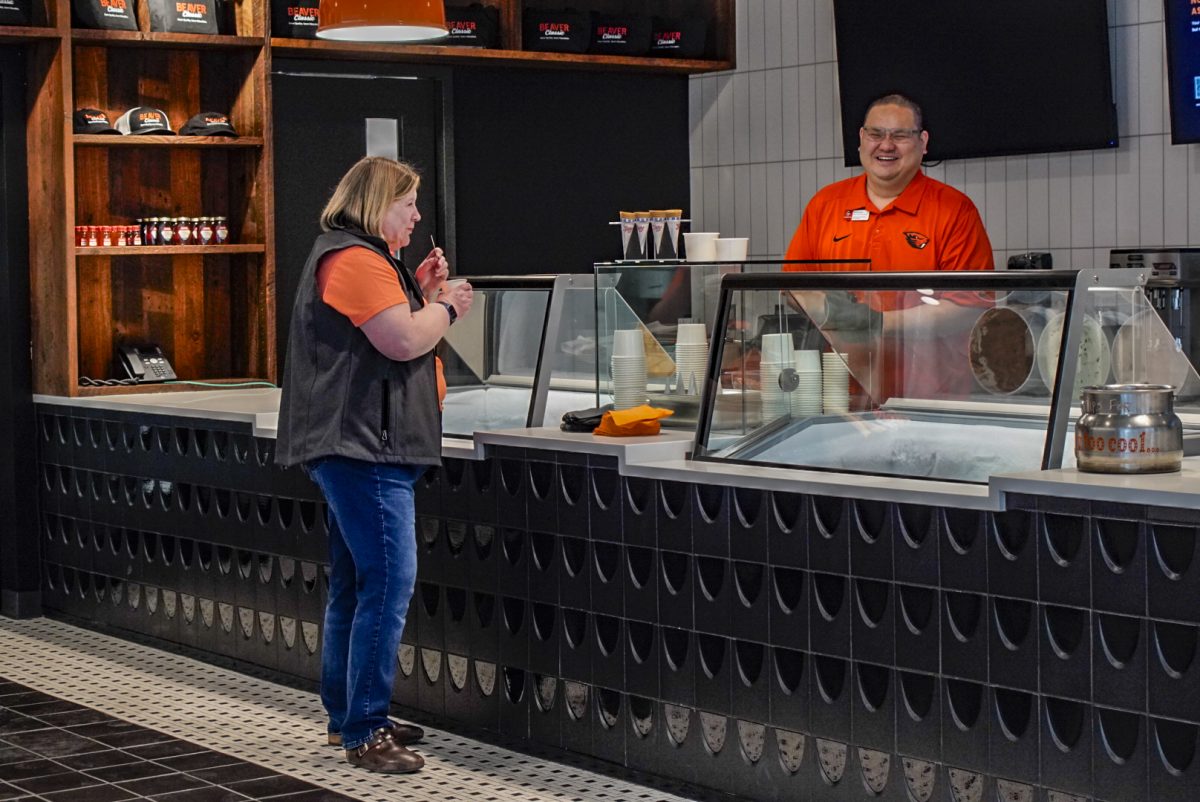







































































![Newspaper clipping from February 25, 1970 in the Daily Barometer showing an article written by Bob Allen, past Barometer Editor. This article was written to spotlight both the student body’s lack of participation with student government at the time in conjunction with their class representatives response. [It’s important to note ASOSU was not structured identically to today’s standards, likely having a president on behalf of each class work together as one entity as opposed to one president representing all classes.]](https://dailybaro.orangemedianetwork.com/wp-content/uploads/2025/03/Screenshot-2025-03-12-1.00.42-PM-e1741811160853.png)
























